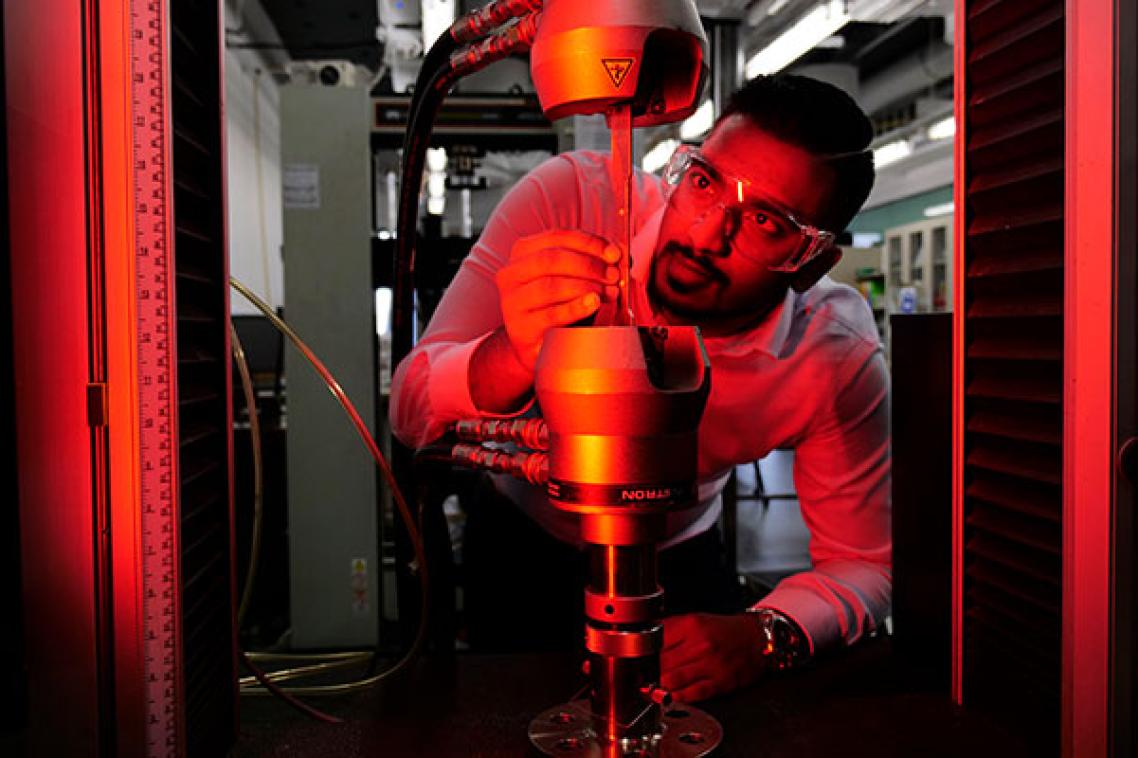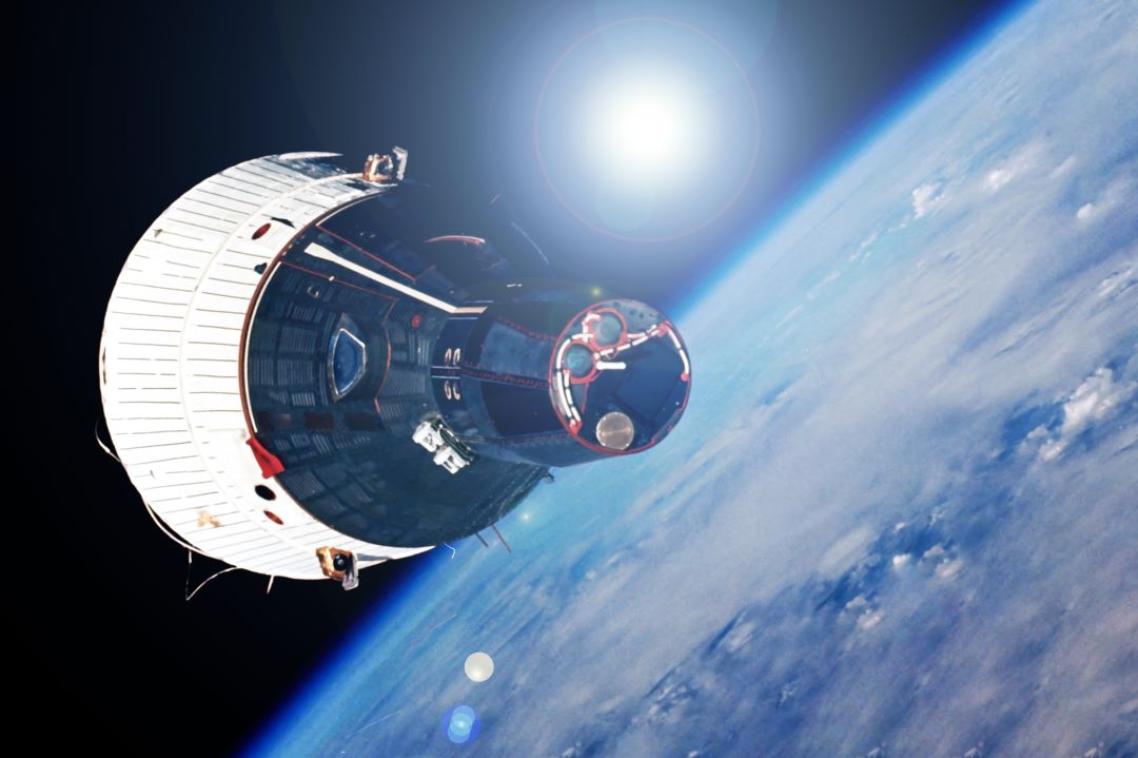Aerospace student keeps cool as career heats up

A passion and curiosity for the earth’s atmosphere and beyond led University of Queensland graduand Clint Therakam to pursue a degree in mechanical and aerospace engineering.
After four-and-a-half years of study, including a three-month research stint in Japan, Clint will don his regalia and graduate today (Wednesday), before taking his first steps in the aerospace engineering industry.
“It’s an incredible feeling to not only have reached this point in my studies, but to have received an offer to work full-time in UNSW Canberra Space at the Australian National Concurrent Design Facility (ANCDF),” Clint said.
During his time at UQ, Clint developed a new thermal simulation tool, which is able to compute, calculate and simulate satellite temperatures in outer space.
The tool can run 100 times faster than some existing commercial programs, allowing large simulations to run in under a minute, as opposed to an hour.
“As the satellite orbits the planet, it could get too hot when facing the sun or too cold in eclipse, which would cause parts to stop functioning,” Clint said.
“Controlling the thermal range of the satellite is crucial for functionality and survival, because unlike things back on Earth, we can’t simply go up and replace the part.
Clint designed the tool, known as ‘ThermSat’, for use in the ANCDF at UNSW Canberra.
“Being a UQ student, I was able to gain access to networking events and conferences through the Australian Youth Aerospace Association (AYAA) which led to this opportunity to collaborate with UNSW,” he said.
Clint’s tool can compute the external heat present for any satellite in orbit.
“It then considers the amount of heat transfer between objects inside the satellite and, finally, it utilises these conditions to calculate the internal temperature change during the orbit.”
Clint has set his sights high and hopes his tool will soon be able to serve space companies around the globe.
During his time contributing to ANCDF, Clint worked with UNSW Space Systems Engineer Jan-Christian Meyer.
“Clint has impressed us with not only his technical skills, but his passion to make the project a success,” Mr Meyer said.
Clint said the courses he has taken through his mechanical and aerospace engineering degree at UQ equipped him with the skills and knowledge to develop the tool.
“UQ played a key role in this project by setting me up with the necessary programming skills through specific thermodynamic courses and the general problem-solving skills gained from my engineering degree,” he said.
Media: Clint Therakam, 0410 205 563; EAIT Communications, Paige Ashby, p.ashby@uq.edu.au, 0430 511 615.
Discover and explore opportunities in aerospace engineering at UQ’s Open Day 2019, on Sunday 4 August.
Related articles

Thousands of Queensland reef photos lead to worldwide change

UQ to conduct world-first tests into effectiveness of magnetic heat shields for atmospheric re-entry of large spacecraft
Media contact
UQ Communications
communications@uq.edu.au
+61 429 056 139
